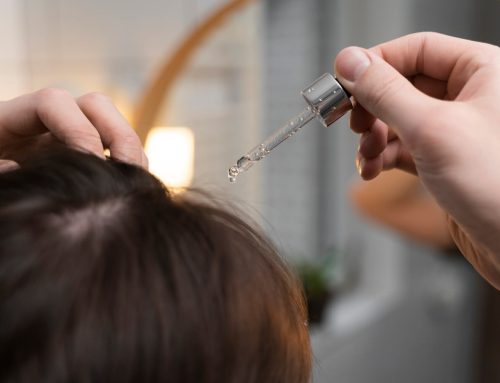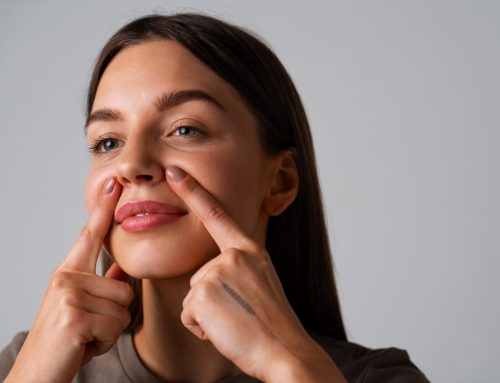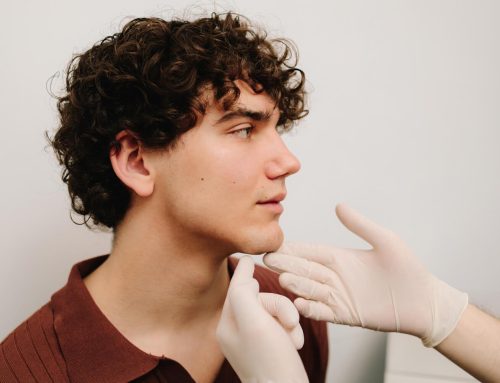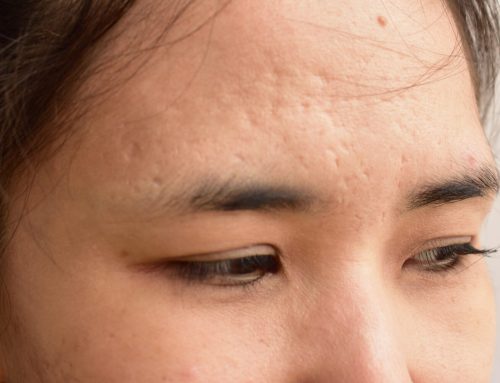As we explained in the previous blog, melasma is a hyperpigmentation of the skin that appears as brownish, grey or bluish spots, which are most common in areas exposed to the sun, such as the face.
The treatment is based on lightening the lesions, although there is a significant tendency to relapse, but it can be treated with different methods.
They are usually long-term treatments due to the increase in colouring during the months of greatest exposure to the sun (summer).
Recommendations for the treatment of melasma in summer
The most important factor contributing to the appearance of this dermatosis is exposure to ultraviolet rays. Therefore:
- Triggering factors such as intense exposure to UVA, UVB, infrared and visible light (mainly from screens) should be avoided.
- Regardless of the degree of melasma, everyone should use daily, constant and permanent photoprotection. The recommended chemical photoprotection should be SFP 50+, UVA factor 28, and against visible light.
- Sunscreen should be applied every 4 hours (including every 2 hours at times of high solar radiation intensity). A sufficient amount should be applied to cover the area to be treated.
- It is essential to change habits, such as the use of clothing and accessories (hats, sunglasses, umbrellas…) for the treatment and control of melasma.
*If photoprotective creams are not used once melasma has developed, the chances of it becoming resistant to treatment and becoming chronic are very high.
- The use of hormonal contraceptives and photosensitising drugs, if possible.
- Avoid irritating cosmetics. It is quite common for some cosmetics to be activated when exposed to the sun, either once applied to the skin or inside the packaging, and produce an inflammatory reaction.
Make-up that matches the correct skin tone of each patient can be used to camouflage melasma (it is an aesthetic problem).
- Depigmenting agents. These are currently the gold standard in the treatment of melasma, and can continue to be used during the summer provided that we choose products that are not photosensitive, such as:
- Azelaic acid. It has an antiproliferative and cytotoxic action on melanocytes.
- Kojic acid. Inhibits the production of free tyrosinase and is a powerful antioxidant.
- Glycolic acid, in combination with other depigmenting agents.
- Reduces surface melanin in the skin, thus discolouring spots.
- Tranexamic acid. This is a procoagulant drug that is used orally, and is commonly used to control haemorrhagic processes.
In recent years it has been of great help in the treatment of melasma topically, but above all orally, showing great improvement.
This acid can be used at any time of the year, and should be indicated together with photoprotection measures, as well as being used in combination with other depigmenting agents.
Before prescribing the medication, the dermatologist will ask if there is a personal or family history of thromboembolic events and will decide if the patient can take the medication.
- Superficial chemoexfoliation (peeling), as a coadjuvant procedure in the treatment of melasma, generally applied with non-photosensitive substances in the summer season, as they are available in various strengths.
The aim of peeling is to produce the renewal of an epidermal layer to accelerate depigmentation, and to promote the arrival of depigmenting agents at greater depth.



